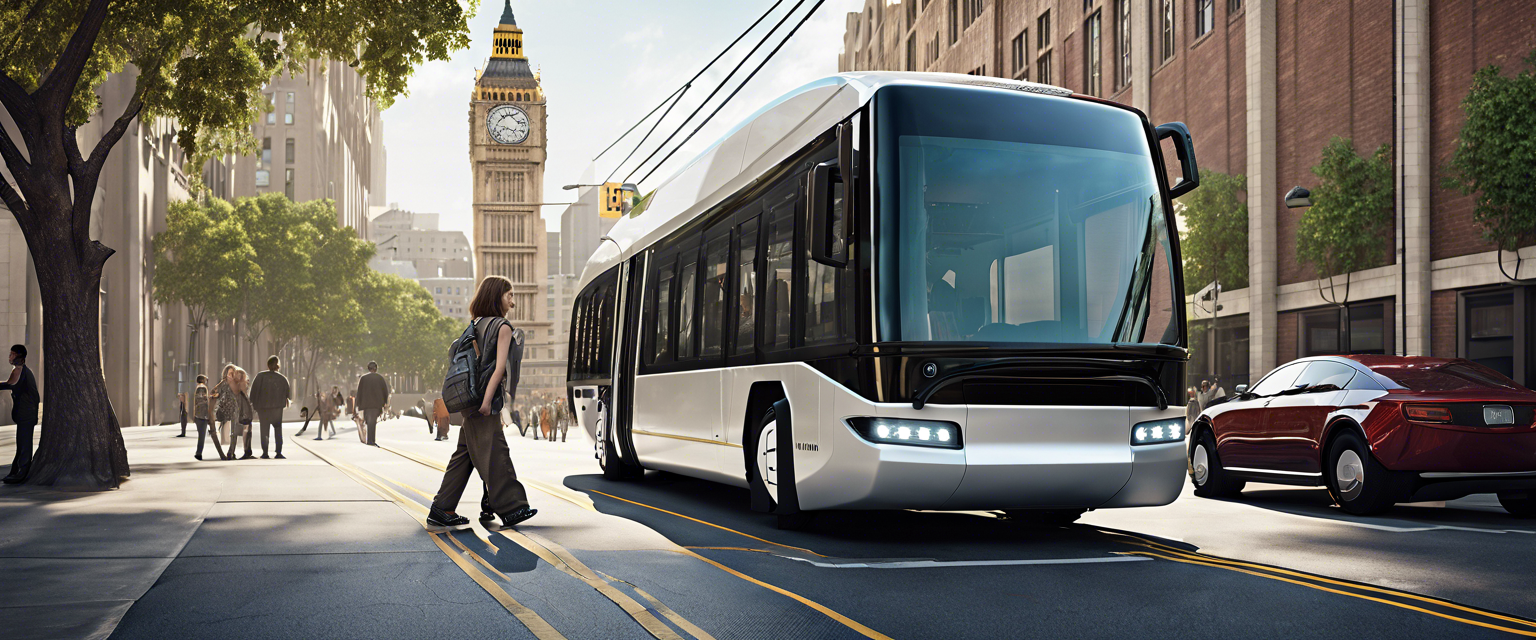Goodyear's Innovative Solution for Enhanced Vehicle Safety
Under new regulations announced last year, automakers in the US are required to equip all vehicles with automatic emergency braking (AEB) systems by 2029. However, various manufacturers have expressed concerns over potential delays in implementation due to the current limitations of the technology, particularly under adverse weather conditions. Fortunately, Goodyear has developed a groundbreaking solution to address these issues.
The Vision of SightLine Technology
In collaboration with TNO, an independent research organization based in the Netherlands, Goodyear has unveiled its new smart tire technology, named SightLine, at CES in Las Vegas. This innovative tire is embedded with sensors designed to detect slick and hazardous road conditions, working in conjunction with a vehicle’s advanced driver-assist systems.
How SightLine Works
The primary function of SightLine technology is to activate a vehicle’s AEB system sooner when it detects road hazards. This proactive measure aims to enhance vehicle safety and decrease the likelihood of collisions. Goodyear emphasizes that with an improved braking distance, the risk of crashing into obstacles or other vehicles is significantly lowered.
Enhanced Performance on Various Road Conditions
Traditional AEB systems are typically calibrated for high-friction surfaces like dry asphalt. However, Goodyear’s revolutionary tire technology can successfully prevent collisions even on low-friction surfaces such as rain, snow, or ice. Impressively, this system operates effectively at speeds up to 50 mph (80 km/h), making it viable for a broader range of driving conditions.
Expert Insights on AEB Technology
Werner Happenhofer, the vice president of tire intelligence and e-mobility solutions at Goodyear, articulated the advantages of this new approach: "The AEB can be assertive way earlier thanks to the enhanced friction detection capabilities of SightLine. If the system recognizes a low-friction situation, it reacts sooner, preparing the vehicle for emergency braking in critical moments."
Smart Tire Features and Future Integration
SightLine was first introduced in 2021 as part of Goodyear’s suite of smart tire technologies, capable of measuring air pressure, assessing friction levels between tires and the road, and detecting tire wear. Now, Goodyear is poised to pitch SightLine-equipped tires to automakers as a vital safety component that can seamlessly integrate with existing AEB systems.
A Timely Technological Advancement
With increasing regulatory pressures, the situation for automakers is becoming more challenging. Last year, the National Highway Traffic Safety Administration finalized a requirement mandating AEB in all new vehicles sold in the US by 2029. Currently, about 90% of light-duty vehicles on the road are equipped with standard AEB, but regulators are seeking a more sophisticated version of the technology.
Responses from the Auto Industry
Although the automotive industry has requested a delay in implementing stricter AEB regulations, Goodyear insists that the technology is not only available but can be a game-changer. Chris Helsel, Goodyear’s vice president for global innovation, expressed optimism about future collaborations with automakers: "We hope that manufacturers will reach out to us to help them navigate the challenges posed by these new regulations."
Future Outlook for SightLine Technology
While the announcement at CES primarily serves as a demonstration of the potential benefits of integrating SightLine technology, specific timelines for market availability are still undetermined. Caitlyn Duran, a spokesperson for Goodyear, highlighted that the announcement is more about showcasing what could be possible in the realm of vehicle safety.
Conclusion
The arrival of Goodyear’s SightLine technology marks a significant step forward in enhancing vehicle safety through smarter tire innovations. As the auto industry prepares to comply with new AEB regulations, collaborations with technology providers like Goodyear are set to revolutionize how safety systems operate in real-world conditions. Automakers now have an opportunity to leverage advanced technologies to not only meet regulatory demands but also to ensure greater protection for drivers and pedestrians alike.



اترك تعليقًا
تخضع جميع التعليقات للإشراف قبل نشرها.
This site is protected by hCaptcha and the hCaptcha Privacy Policy and Terms of Service apply.